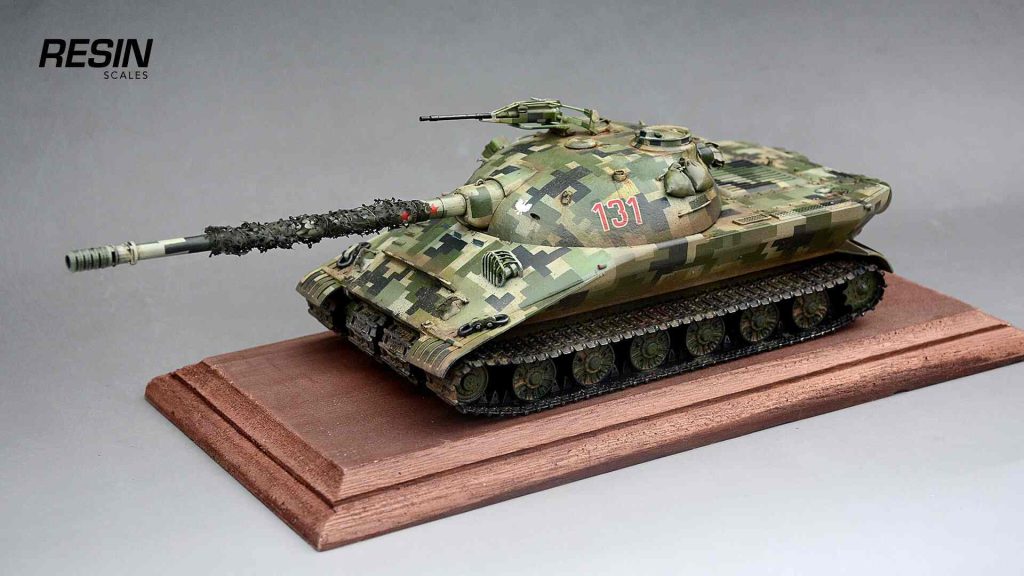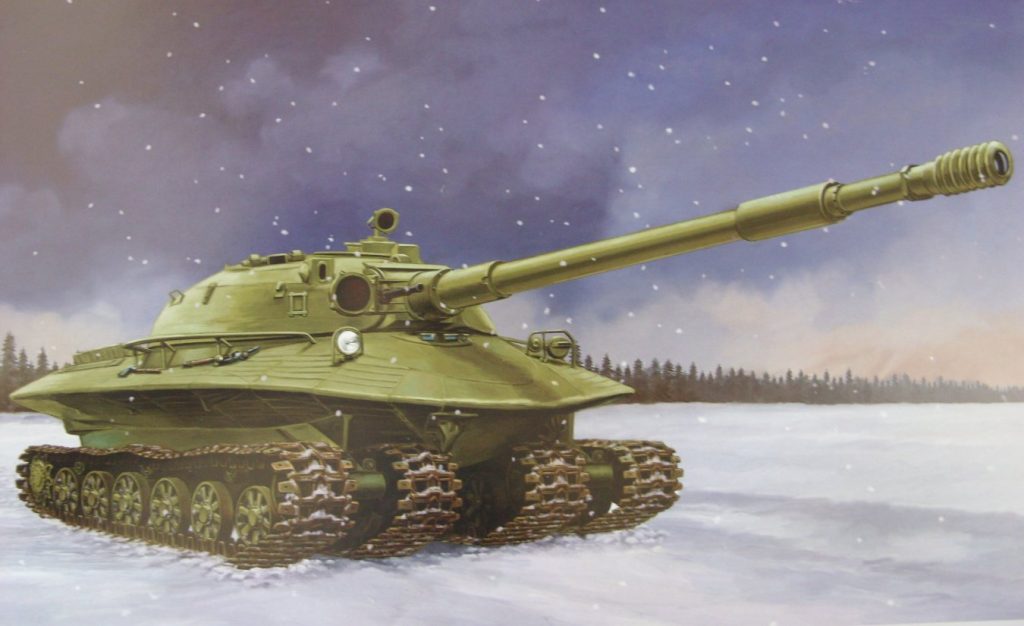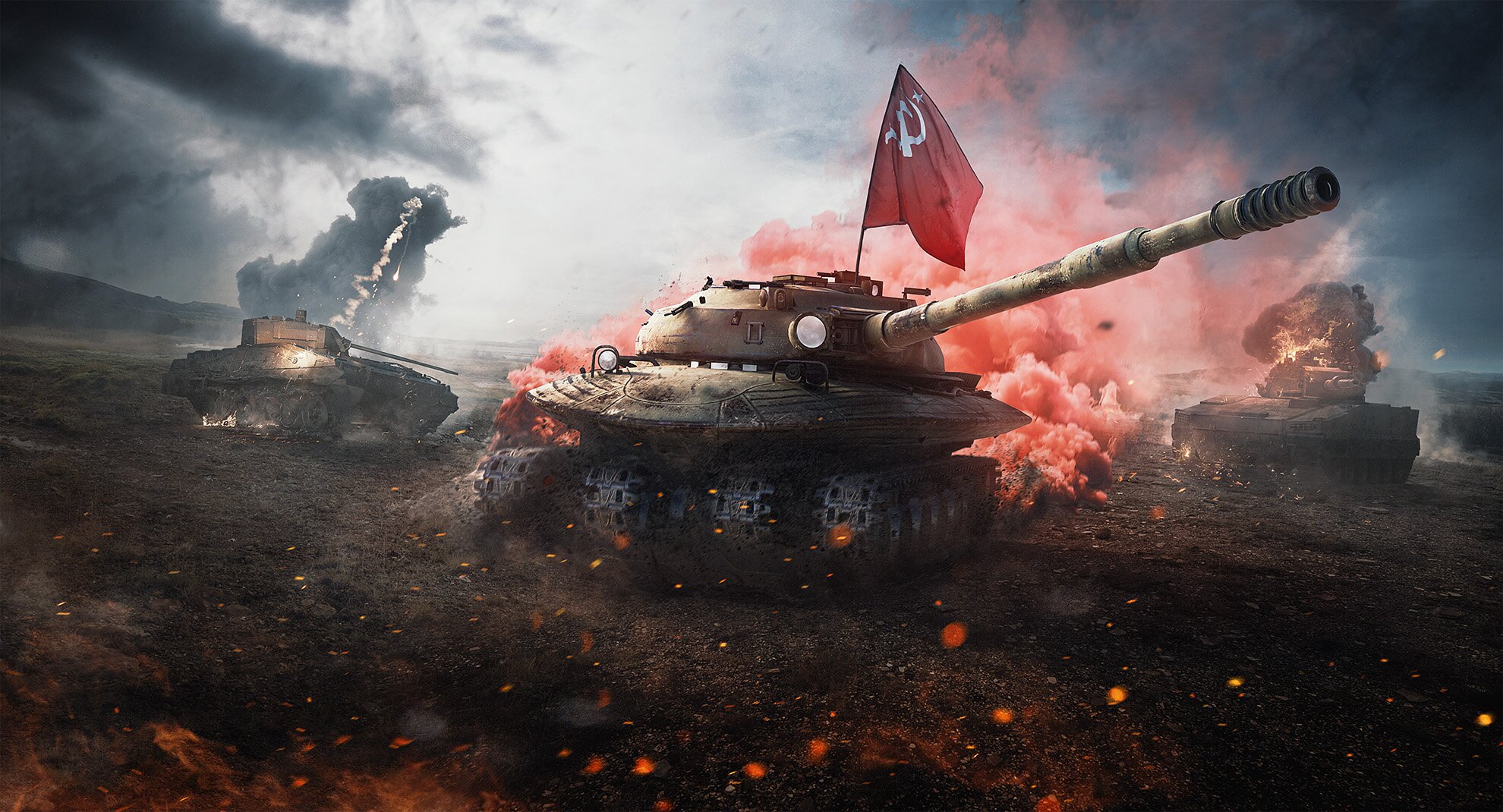Hidden in the frostbitten silence of the Soviet era lies a machine so unique, so alien-looking, that even the boldest of military engineers couldn’t believe it existed—Object 279. Designed to survive nuclear war and crush enemies in the harshest terrains, this steel behemoth became one of the most curious creations of the Cold War. But few know what really happened to it—and why it never reached the battlefield.
This is the haunting story of Object 279—an experimental super tank that lived, died, and now whispers secrets through museum halls and military archives.
A Cold War Dream Built in Steel
In the 1950s, the world stood on the edge of disaster. Tensions between the United States and the Soviet Union escalated, and both powers began imagining war on an unthinkable scale. Deep in a design bureau in Leningrad, Soviet engineers were given a chilling challenge: create a tank that could operate during and after a nuclear explosion.
That challenge gave birth to Object 279.
It wasn’t just another prototype—it was a bold vision. Built in 1959 by the Kirov Plant and designed by L. S. Troyanov, Object 279 was meant to lead a post-apocalyptic charge. Unlike any tank before or since, it had a mission: survive the end of the world.
The Strange Shape that Shocked the World
At first glance, Object 279 didn’t even look like a tank. It looked like something out of science fiction. Its hull wasn’t flat or boxy—it was elliptical, curved like a saucer. Why?
Because that shape could deflect the pressure wave from a nuclear explosion. The aerodynamic body also reduced the chance of flipping over if the ground shook or if a blast erupted nearby. And then, there were the tracks—four of them. Instead of the usual two, Object 279 had quadruple tracks, giving it unmatched stability on mud, snow, or swampy terrain.
Soldiers who saw it in testing claimed it looked like a spacecraft crawling across Earth.
Inside the Beast: Technology Ahead of Its Time
The power under Object 279’s thick, sloped armor was just as wild as its looks. It was armed with a massive 130 mm M-65 rifled gun, capable of destroying enemy armor long before they got close. Secondary armaments included a heavy machine gun, and the fire control system was advanced for its era.
Armor protection was beyond imagination—up to 269 mm thick, making it almost impervious to any NATO weapon at the time.
Its engine packed 1,000 horsepower, which was necessary to move its 60-ton body. Yet despite its weight, Object 279 could reach speeds of 55 km/h—an impressive feat for a monster that size.
And most impressively, it had NBC (nuclear, biological, chemical) protection systems, including full pressurization and radiation shielding. This was a tank meant to fight in a nuclear winter.

Why Object 279 Was Buried in Silence
With all this power and innovation, why was Object 279 never deployed?
The answer is both political and practical.
Shortly after its development, Nikita Khrushchev became the leader of the Soviet Union. He had a new vision for warfare—fewer tanks, more missiles. Khrushchev believed that nuclear missiles would decide wars, not massive tanks crawling through radioactive wastelands. As a result, heavy tank programs were scrapped across the board.
And Object 279, despite being the most advanced tank of its time, was left behind.
Only one prototype was ever built. The project was canceled, and the super tank disappeared into a classified corner of Soviet military history. For decades, it was a ghost.
Rediscovery: Rising from the Shadows
Object 279 didn’t stay buried forever. In the 1990s, after the collapse of the Soviet Union, many military secrets began to surface. Enthusiasts and historians rediscovered Object 279, and soon, it was restored and placed in the Kubinka Tank Museum near Moscow.
Visitors now walk around the tank in awe, marveling at its strange curves, its impossible weight, and the question it leaves unanswered: what if it had been deployed?
The rediscovery also inspired tank fans worldwide. Object 279 even appeared in video games like World of Tanks, where it gained legendary status for its impenetrable armor and mythical aura.
For many, it became a symbol of Cold War ambition—a beast born to fight a war that never came.

Visit our website for more updates and stories
Conclusion: A Steel Monster That Never Roared
The story of Object 279 is not just about military innovation. It’s about fear, ambition, and the haunting possibilities of what might have been. Built to survive the unthinkable, it ended up surviving history itself.
Today, Object 279 reminds us of the strange things people build when they believe the end is near. It is a monster that never roared, a machine created for war, but left behind by peace—or at least by the cold silence of diplomacy.
Object 279’s tale is chilling, powerful, and unforgettable. A single tank, standing alone, is now a relic—but also a warning. A reminder that when humans plan for the apocalypse, they build legends in steel.













